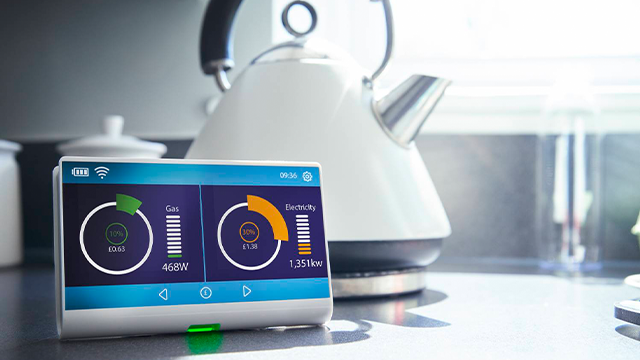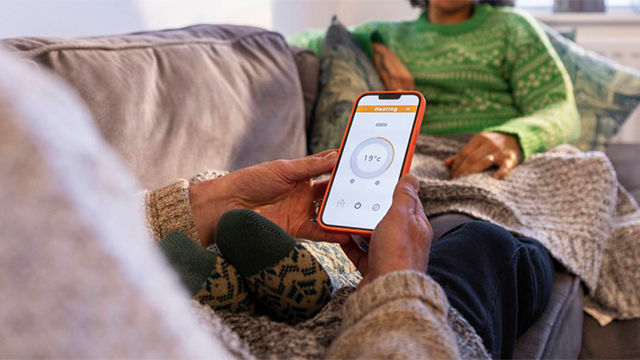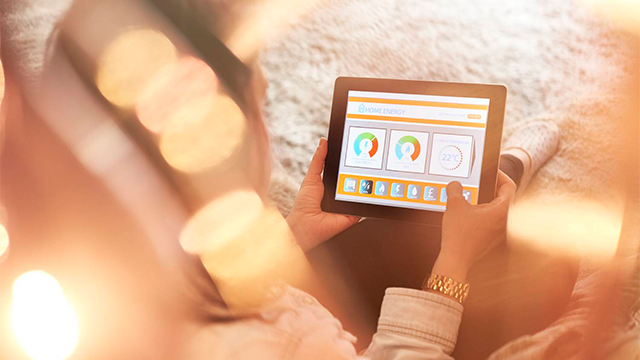At a time when data has become the center of innovation, the utility industry finds itself at a crossroads. Utilities worldwide are challenged by the ever-increasing demand for efficient energy consumption and the pressing need for sustainability. Balancing these priorities is not easy, nor is it cheap.
In 2022, London faced an unprecedented blackout situation where energy prices soared to staggering rates. Low wind output, high demand and limited availability of electricity sources all contributed to the blackouts. This situation underscores the urgency of effective energy management solutions.
How can other cities and organizations avoid this cautionary tale? How can they not only manage their resources effectively but also provide valuable energy insights to various stakeholders? The answer lies in the power of smart meter data. Unlike traditional analog meters, smart meters are equipped with communication capabilities to send and receive data remotely.
By using smart meter data, utility organizations can optimize energy usage, provide accurate billing for consumers and support grid management, among other benefits.
A nudge to do more in the utility industry
A 2023 SAS Hackathon team from Insight-O-Meters showcased the potential of smart meter data to help utility organizations get more insights into energy consumption and provide better customer service. Using SAS®Viya® to capture real-time data on energy consumption from smart meters installed at consumer locations, the team used this data to modulate energy generation.
According to the Insight-O-Meters team, this data can be used to not only address the challenges of variable energy consumption but also extend its benefits to energy trading in the market. By analyzing historical and real-time smart meter data, the Insight-O-Meters team was also able to develop advanced forecasting models that predict future energy demand patterns. This could cut costs as well as reduce waste.
The team says another important aspect of this solution is disaggregation, which helps the consumer be in control of their own energy use. Using disaggregation, this solution can help utility organizations and consumers see how individual appliances or devices contribute to the overall energy consumption profile. This also helps the consumer make better decisions on when and how to use these devices, which could lead to reduced energy bills. Disaggregation also supports sustainability efforts for utility organizations and keeps consumers informed of best practices for energy consumption.
The operational insight this solution provides has the potential to give organizations an overall view of day-to-day operations. This would help the industry streamline its operations and enhance grid management, all leading to sustainable outcomes.
Bring your ideas and join us
Interested in other innovations from the SAS Hackathon?
Come for a visit to see what teams have been able to create – from concepts to fully working solutions. And think about how you can create the next big thing in your industry by joining us in 2024.





